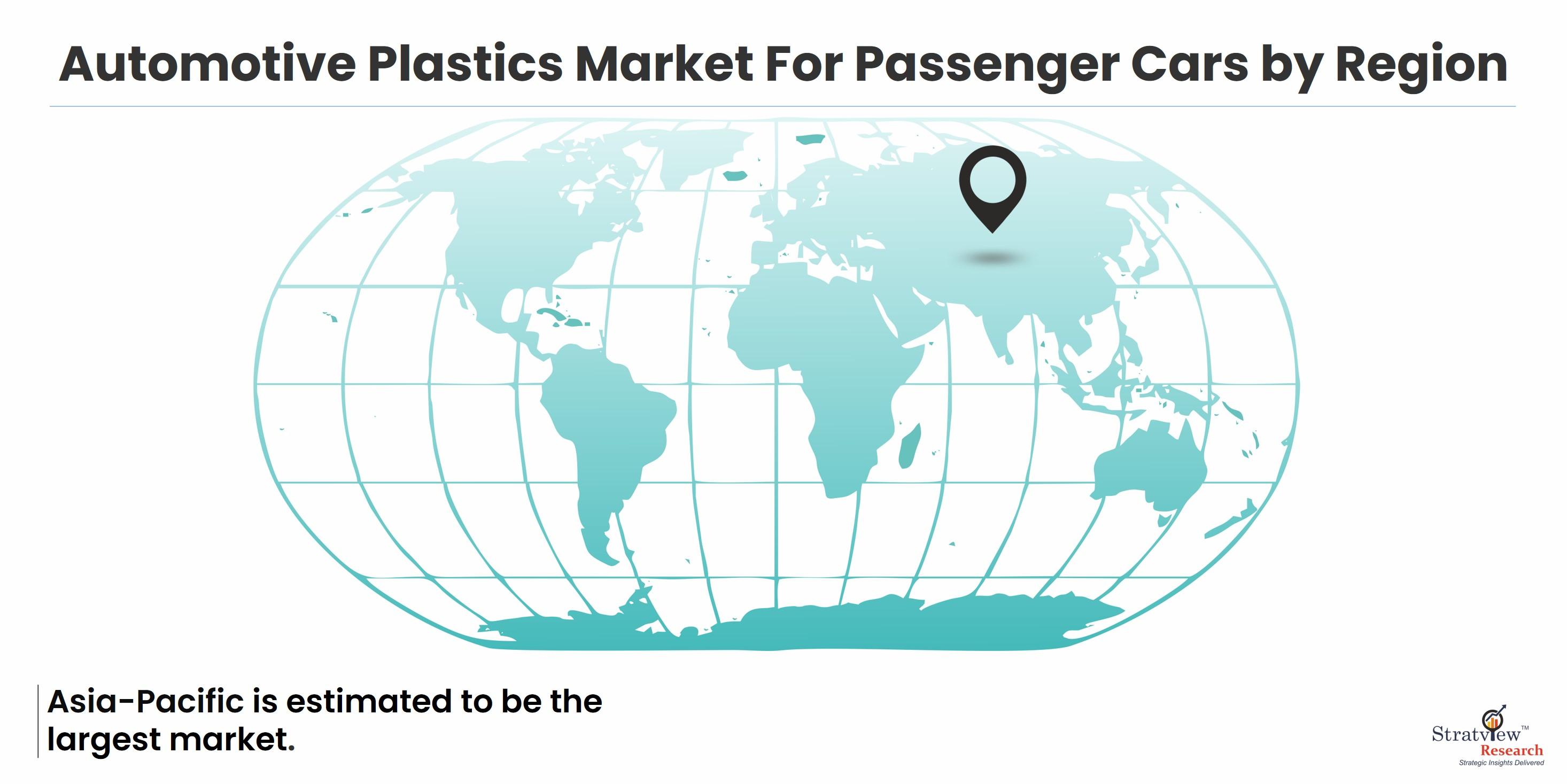According to Stratview Research, the automotive plastics market for passenger cars was valued at USD 21.15 billion in 2021 and is likely to grow at a CAGR of 7.84% during 2022-2028 to reach USD 35.99 billion in 2028.
Beneath the sleek exteriors and powerful engines of modern passenger cars lies a silent but revolutionary force that is reshaping the automotive industry – automotive plastics. The growth of the automotive plastics market has been nothing short of phenomenal, as these versatile materials find their way under the hood, playing a pivotal role in enhancing performance, efficiency, and sustainability. In this article, we will delve into the dynamic growth of the automotive plastics market, exploring the various ways these materials are transforming the very heart of our vehicles.
Engine Efficiency and Thermal Management:
Under the hood, automotive plastics are increasingly being employed to optimize engine efficiency and manage thermal conditions. Components like intake manifolds, engine covers, and cooling system parts are now crafted from high-performance plastics. These materials offer excellent heat resistance, durability, and weight savings, contributing to improved overall engine performance and longevity.
Fuel Systems and Emission Control:
The push for cleaner and more fuel-efficient vehicles has led to innovations in fuel systems and emission control, and automotive plastics are at the forefront of this transformation. Lightweight and corrosion-resistant plastics are replacing traditional metal components in fuel tanks, fuel lines, and emission control systems. This shift not only reduces vehicle weight but also enhances fuel efficiency while meeting stringent emissions standards.
Electrical and Electronic Components:
As vehicles become more technologically advanced, the demand for lightweight and electric-friendly materials has risen. Automotive plastics are now extensively used in the production of electrical and electronic components under the hood, such as wiring harnesses, connectors, and sensor housings. These materials offer excellent insulation properties, corrosion resistance, and contribute to the overall efficiency and reliability of the vehicle's electrical systems.
Noise, Vibration, and Harshness (NVH) Reduction:
Underneath the hood, automotive plastics play a crucial role in mitigating noise, vibration, and harshness levels. Engine covers and various insulation components made from plastics help dampen vibrations and reduce noise, contributing to a quieter and more comfortable driving experience. This focus on NVH reduction is particularly important as consumers seek a smoother and more refined driving experience.
Sustainability in Automotive Manufacturing:
The growth of the automotive plastics market is not only about performance but also aligns with the industry's commitment to sustainability. Manufacturers are increasingly incorporating recycled and bio-based plastics in under-the-hood components, reducing the environmental impact of automotive production. This shift reflects a broader industry trend towards more eco-friendly practices and materials.
Conclusion:
In conclusion, the growth of the automotive plastics market under the hood of passenger vehicles represents a paradigm shift in the automotive industry. From enhancing engine efficiency and thermal management to contributing to cleaner and more fuel-efficient systems, automotive plastics are driving innovation in every corner of the engine compartment. As the industry continues to evolve, the role of these versatile materials will undoubtedly expand, shaping the future of passenger cars with a focus on performance, efficiency, and sustainability.
